 |
January 26, 2018 Volume 24, Number 4 |
Research and Education |
General Interest |
Network Tools |
Revisited |
In the News |
Research and EducationBack to Top | |
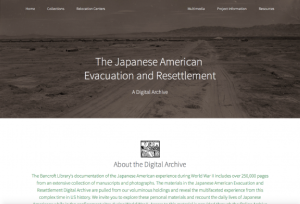 |
|
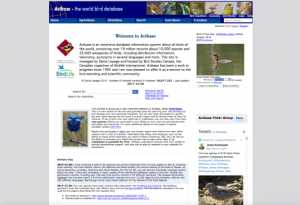 |
|
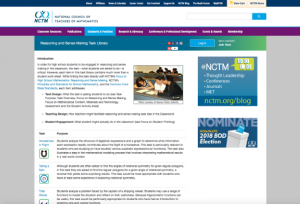 |
|
 |
|
 |
|
 |
|
 |
|
 |
|
General InterestBack to Top | |
 |
|
 |
|
 |
|
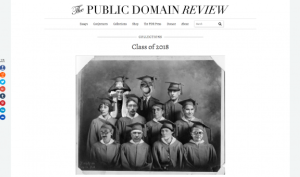 |
|
 |
|
 |
|
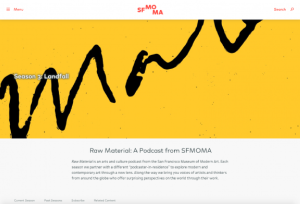 |
|
 |
|
Network ToolsBack to Top | |
 |
|
 |
|
RevisitedBack to Top | |
 |
|
In the NewsBack to Top | |
French Chef and Restaurateur Paul Bocuse Dies at 91 | |
|
Paul Bocuse Obituary Paul Bocuse, Master of French Cuisine, Dies at 91 Truffle Soup and La Bande a Bocuse: How Paul Bocuse became the most legendary chef in France The First Time I met Paul Bocuse Bocuse d'Or YouTube: CIA Chef of the Century Paul Bocuse On Saturday, January 20, French chef and restaurateur Paul Bocuse died at the age of 91. Bocuse was the owner of L'Auberge du Pont de Collonges, a restaurant outside of Lyon, France that has held three Michelin stars since 1965. He was born in 1926 to a family that had been involved in the restaurant business as far back as the eighteenth century. After serving in the French Resistance during World War II, Bocuse worked with a number of prominent chefs, including Fernand Point of La Pyramide in Vienna, before opening L'Auberge in 1956. While the restaurant gained international acclaim, Bocuse is perhaps best known for being one of the first celebrity chefs, thanks to his knack for managing publicity and business. Bocuse also opened additional restaurants, including one at Epcot Center and, in 1987, founded Bocuse d'Or: an international culinary competition. Today, folks typically associate Bocuse with the nouvelle cuisine movement, which emphasizes fresh, high-quality ingredients. Although Bocuse was ambivalent about being tied to nouvelle cuisine, he certainly valued quality ingredients. His original 1975 recipe for truffle contained a whopping $425 worth of truffle per bowl. [MMB] The first three links take readers to obituaries and tributes to Bocuse, authored by Matthew Fort of The Guardian, Elaine Ganley of Time, and Hugh Merwin of Grub Street (a publication of New York Magazine). The fourth link takes readers to an essay by journalist and food writer Bill Bulford about his experience attending the Bocuse d'Or and meeting Bocuse himself. Those interested in learning more about the Bocuse d'Or will want to check out the fifth link: the contest's official website features information about past winners and video interviews with honored chefs. The last link takes readers to a 2011 question and answer session with Paul Bocuse. The session was hosted by the Culinary Institute of America (CIA) after the organization named Bocuse "chef of the century." | |





